Imagine being able to write compelling marketing copy, translate languages on the fly, or even generate a creative story out of thin air using artificial intelligence. Thanks to Large Language Models (LMMs), this is now a possibility – these exceptionally intelligent AIs have become increasingly common in various sectors. However, there’s one little problem: if you wish to tap into their full potential, it’s imperative that you communicate with them effectively. This is where prompt design comes into play – think of it as providing clear directions for your AI system.
The Power of Prompt Design
Consider a prompt as an icebreaker. You ask or task the artificial intelligence something specific and it should respond in a way that reflects your intent based on what it knows. The AI can only do this effectively if your instruction is direct and not too lengthy.
In a study, researchers observed that AI models trained on well-defined, succinct prompts achieved significantly higher accuracy rates than those exposed to ambiguous or elaborate ones.
You save time and get better outcomes simply by crafting good questions.
Crafting Clear and Concise Prompts
Ever followed a recipe with too much confusing jargon and wordy instructions? You may have noticed that I said “too much.” That’s because some amount of jargon and wordiness is necessary to explain certain concepts.
Providing Context and Background Information
Think of setting the scene for a play. The more context you provide the actors, the better they can understand their roles and deliver a believable performance. The same is true for AI prompts! By giving the AI model some background information or context, you’re helping it understand the bigger picture and the intent behind your prompt.
This can significantly improve the accuracy and relevance of the AI’s response. This extra background information helps the AI understand the significance of the discovery and craft a more informative and relevant news article.
Examples of Powerful Prompt Design Techniques

Here are some powerful techniques you can use to craft effective prompts and supercharge your AI projects:
Using Few-Shot Learning for Effective Prompt Design
If you want your AI to write product descriptions, you could provide it with a few high-quality product descriptions and a corresponding list of features for each product. This way, the AI learns the structure and tone of effective product descriptions and can then generate similar descriptions for new products
Leveraging Templates for Consistent Prompt Design
Prompt templates offer a pre-defined structure for your prompts, ensuring consistency and efficiency. Creating reusable templates saves you time and effort, especially when dealing with repetitive tasks. You can customize the template with specific details for each prompt, but the core structure remains the same.
Incorporating Safety and Security Considerations
Just as you wouldn’t leave your front door wide open at night, good prompt design needs its own security measures!
Prompt injection is a trick that some bad actors might use by trying to manipulate your prompts so the AI does something it wasn’t meant to do.
To keep safe: be aware of where your prompts are coming from; don’t copy & paste them from unknown sources; double check for any strange wording or requests in your prompts.
With these few simple steps not only will you be able to create effective prompts but also ones that are safe for all of your AI projects.
Identifying Target Audiences for Effective Traction
Imagine giving a presentation – wouldn’t you tailor your content to your audience? The same goes for prompt design! Understanding your target audience is key to crafting prompts that resonate and deliver real value.
Several sectors are hungry for effective prompt design techniques. In healthcare, for example, doctors could use prompts to analyze medical scans or personalize treatment plans.
A study showed that AI-powered tools guided by well-designed prompts significantly improved diagnostic accuracy in radiology. By understanding the specific needs and challenges faced by these industries, you can tailor your prompt design expertise to offer targeted solutions that get real results.
Promoting Your Prompt Design Expertise
So, you’ve mastered the art of prompt design – how do you get the word out? There are several exciting traction paths you can explore.
- Blog posts like this one! Share your knowledge and insights with the world. By establishing yourself as a thought leader in prompt design, you’ll attract potential clients who need your expertise.
- Whitepapers: Dive deep into specific prompt design applications for different industries. Offer valuable information and showcase your problem-solving capabilities.
- Webinars: Host interactive sessions where you demonstrate the power of effective prompts. This allows you to connect with potential clients in real-time and answer their questions directly.
Conclusion
Mastering prompt design unlocks a new level of power for your AI projects. By following the techniques outlined here, you can craft prompts that are clear, concise, and secure. Remember, understanding your target audience is key to creating prompts that deliver real value. Are you ready to take your AI development to the next level? Improve your prompt results for prompt design solutions.
